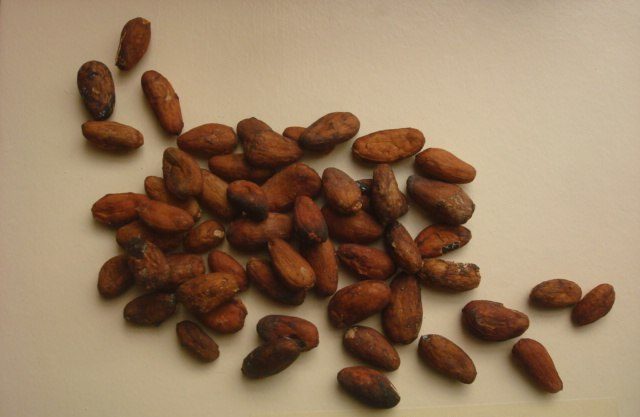Global cocoa beans are 20% more expensive in May 2025 than in April, a valuation gain reflecting recent quality declines in Ivory Coast.
Despite a global cocoa reserve rally by 10% in 2025 after months of deficits, prices are ironically up from quality concerns.
Some chocolate companies in Europe have lately returned poor imports from Abidjan, according to Anadolu Ajansi.
The risk is that standard declines could reverse production gains by 10% by impelling farmers to grow less but quality cocoa.
May 2025 has generally seen strong rebounds in pricing, partially due to quality and longterm low demand for cacao derivatives.
Consumers have for long been avoiding pricey chocolate bars and are now evading low quality cocoa products.
Major brand chocolate brands in the Western Hemisphere have hitherto attributed lukewarm demand solely to high pricing.
Regarding price, after slumping to the $7,000s a tonne (t) in late March 2025, cocoa again touched $11,280/t through May.
Ivorian Sustainability Improving
This at a time when Ivory Coast is combating deforestation before a European Union (EU)’s traceability law takes effect end 2025.
According to Le Monde, officials for digitally marking forest boundaries are currently visiting cocoa farms in readiness for the origination rule.
The 2023 EU regulation has given small and medium scale cocoa businesses until December 30, 2025 to comply.
As a main deterrent to illegal cultivation, the law will make it impossible to export cocoa from farms located on forestland.
Could this reverse the current concerns on ebbing standards and improve local export prices in tandem with currently gaining cocoa valuation? The statistics below review how quality and sustainability have an impact on returns.
Statistics on Ivory Coast’s Bean Quality and Sustainability Vs. Cocoa Valuation
Ivory Coast leads both cocoa production and exports worldwide at 2.2 million tonnes and 1.606 million tonnes, respectively, as of 2021. However, its earnings at over $4.286 million (2021) could be higher if quality matched quantity. Ongoing sustainability efforts are seeking to eliminate deforestation in cocoa areas, which could help boost local cocoa bean prices.
Does Ivory Coast produce sustainable cocoa?
Ivory Coast produced the highest amount of voluntary sustainability standard (VSS)-compliant cocoa worldwide at 706,072 tonnes in 2019. Although VSS-compliant cocoa may not sell better than South America’s fine cocoa, at least it insures long-term exports.
Is high quality cocoa in Ivory Coast and elsewhere constrained by demand?
Because only 10% of world cocoa is in the specialty category, as of 2021, it is costly. This in turn reduces its demand because end-product users are not prepared to pay higher prices than for conventional cocoa.
Is Ivory Coast’s sustainable cocoa beneficial to farmers?
Farmers in Ivory Coast and other places benefit from higher pricing for organic over conventional cocoa. They receive 23 Euro cents (US¢26.04)/kg more for organic cocoa than for conventional, per the International Institute for Sustainable Development (IISD). For instance, while conventional beans in 2021 cost 1.26 Euro ($1.43) a kg, Rainforest organic equivalents fetched 1.49 Euro ($1.69).
Is there a country other than Ivory Coast whose cocoa quality improves valuation?
One example is Ecuador, which calls its cocoa “black gold” for a reason. It is a product of organic cultivation extending over 250 years. Although the country ranks fifth in production at 327,903 tonnes (2021) and fourth in export volume, it is third in export value. This is because its cocoa beans have higher valuation than those of competitors. In 2021, Ecuador raked in $819,457,180, the third highest despite exporting less volume than close competitor Nigeria’s 366,286 tonnes.
